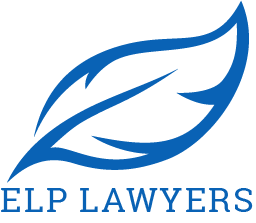Bankruptcy is a legal process that gives a person with immense debt the ability to wipe it out. In a Chapter 7 proceeding, the court trustee will look into the debtor’s assets and determine what should be sold to pay the creditors. Find out what qualifies and how the basic process works.
Different Kinds of Assets
Understanding the types of assets may help you get a handle on how the trustee may handle them. The first is real property. This is the land you own, along with any permanent improvement placed on it. This applies to single-family homes, condominiums and even timeshares. A mobile home or trailer is not considered real property since it can be moved. Only the land it is on would be considered.
The second type of asset is personal property. These are your things, the objects and possessions that belong to you. Items that fall into this category include anything you can move from furniture to motor vehicles. An expert often evaluates personal property to determine how much it is worth and can sell for.
The final type of asset is intangible property. This includes anything held within an account, such as cash. Retirement accounts and investment accounts are also part of your intangible assets. These may be liquidated for the value of the account.
Exempt Versus Non-Exempt
In a bankruptcy proceeding, some of your assets are not available for liquidation by the trustee. These are exempt and typically include your home, a vehicle and your intangible property. To get out from under creditors, you may choose to liquidate something that may be protected. However, it is always better to wait to find out what the trustee is considering before making this decision. Recreational items, such as second vehicles, boats and RVs, are typically liquidated or returned to the creditor. Investment property is usually not exempt.
The Remaining Debt
There is a chance that some of the creditors with claims against you may not get paid. Part of this is due to the order in which debts are placed by the bankruptcy court. Secured debts, such as mortgages, are paid first. Then, if there is a lien on the property by an HOA or the IRS, those are paid next. Finally, unsecured debts or those with no collateral are paid. Credit cards fall into this final category. After the trustee is satisfied you have liquidated what is allowable, the court may discharge the remainder of your debt.
A bankruptcy lawyer may provide the representation needed to get through the bankruptcy process. Contact an attorney, such as a bankruptcy lawyer at Pioletti, Pioletti & Nichols, for an appointment to discuss the options available.
